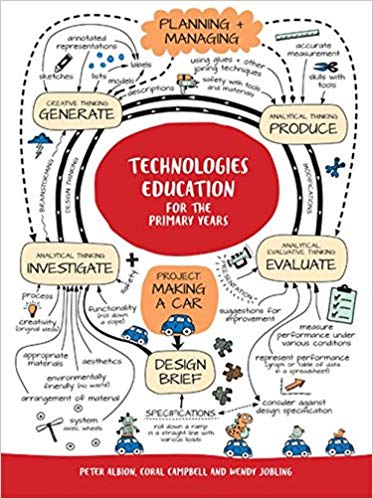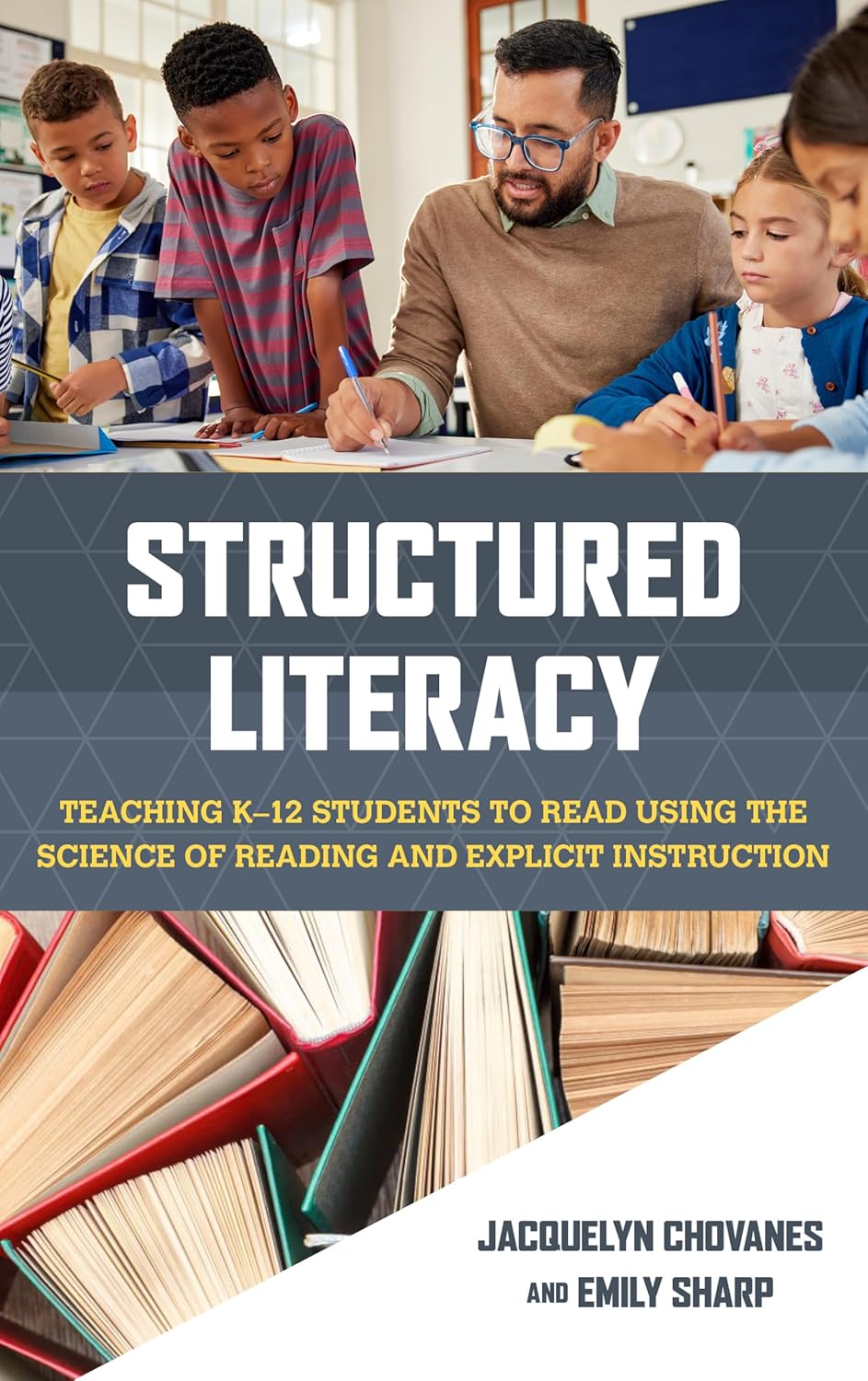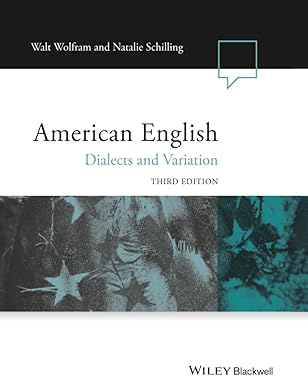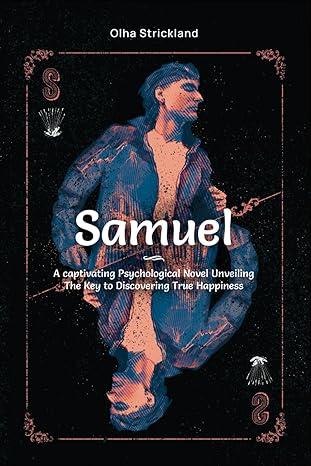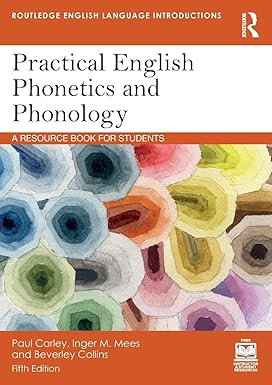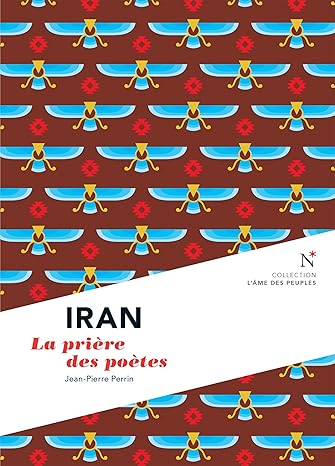PREFACE
We hear every day from the media about technology and how it is affecting lives for better and
worse. For example, on the one hand technology delivers new modes of transport and
entertainment, but on the other hand robots are making employment less secure by displacing
human workers. Given the significance of technology in our lives, it is an important subject for
children to learn about and an appropriate inclusion as a distinct learning area in the
Australian Curriculum.
Introducing technologies as a new learning area in primary school curricula presents
challenges. One is the virtual absence of technologies education from the schooling and teacher
preparation of many classroom teachers, who consequently feel less than well prepared to
implement the curriculum in their own classes. Another challenge is the already crowded
curriculum into which interest groups periodically propose the introduction of new priorities
and which is increasingly focused on improving performance in areas that directly affect
performance on standardised tests.
This book addresses the challenge of implementing the Australian Curriculum: Technologies
through a comprehensive treatment of technology, its representation in the structure and
content of the curriculum, and appropriate pedagogical approaches. That treatment is
supported by a wealth of practical classroom examples.
Readers should emerge with an enhanced understanding of technology as a process through
which humankind engages – in the words of the curriculum – in creating preferred futures. They
should understand how technology has responded to different circumstances across history
and geography, and appreciate the critical role of technologies education for preparing future
generations of young Australians for active informed citizenship. Understanding of the
curriculum should be enhanced through appreciation of how those ideas have influenced its
development.
Recognising the role of creativity and design thinking in technological innovation will
provide teachers with clear indications of how to approach technologies in the classroom. They
will be encouraged to adopt active learning approaches that embody the project management
concepts from the curriculum. Treatment of technology as a process rather than a product will
be supported by designing both formative and summative assessment around the work being
done by learners. Careful selection and adaptation of learning and teaching resources will
support effective learning in the variable contexts in which teachers and learners operate.
The two distinct subjects, Design and technologies and Digital technologies, that contribute
to the technologies learning area are each outlined in sufficient detail to provide teachers with
the core knowledge needed to implement them in a primary classroom. Chapters 9 and 10 in
particular include numerous practical examples to illustrate how these subjects can be
implemented in the classroom.
چکیده فارسی
پیشگفتار
ما هر روز از رسانه ها در مورد فناوری و تأثیر آن بر زندگی بهتر و
می شنویم
بدتر به عنوان مثال، از یک سو، فناوری، شیوه های جدید حمل و نقل و
را ارائه می دهد
سرگرمی است، اما از سوی دیگر ربات ها با جابجایی
شغل را کمتر امن می کنند
کارگران انسانی با توجه به اهمیت تکنولوژی در زندگی ما، موضوع مهمی برای
است
کودکان برای یادگیری در مورد و گنجاندن مناسب به عنوان یک حوزه یادگیری متمایز در
برنامه درسی استرالیا.
معرفی فناوری ها به عنوان یک حوزه یادگیری جدید در برنامه های درسی دوره ابتدایی
ارائه می شود
چالش ها. یکی نبود مجازی آموزش فناوری از سوی مدرسه و معلم است
آماده سازی بسیاری از معلمان کلاس درس، که در نتیجه احساس آمادگی کمتری برای
دارند
برنامه درسی را در کلاس های خود اجرا کنند. چالش دیگر شلوغی است
برنامه درسی که در آن گروه های ذینفع به طور دوره ای اولویت های جدید را پیشنهاد می کنند
و به طور فزاینده ای بر بهبود عملکرد در زمینه هایی که مستقیماً تأثیر می گذارد متمرکز شده است
عملکرد در تست های استاندارد.
این کتاب به چالش اجرای برنامه درسی استرالیا می پردازد: فناوری ها
از طریق درمان جامع فناوری، بازنمایی آن در ساختار و
محتوای برنامه درسی و رویکردهای آموزشی مناسب. آن درمان
است
با تعداد زیادی مثال عملی کلاس درس پشتیبانی می شود.
خوانندگان باید با درک بهتری از فناوری به عنوان یک فرآیند از طریق
ظاهر شوند
که نوع بشر - به تعبیر برنامه درسی - در ایجاد آینده های ترجیحی درگیر می شود. آنها
باید درک کند که فناوری چگونه به شرایط مختلف در طول تاریخ واکنش نشان داده است
و جغرافیا، و از نقش حیاتی آموزش فناوری برای آماده سازی آینده قدردانی می کنیم
نسل های جوان استرالیایی برای شهروندی آگاهانه فعال. درک
برنامه درسی باید از طریق قدردانی از اینکه چگونه آن ایده ها بر آن تأثیر گذاشته است، افزایش یابد
توسعه.
شناخت نقش خلاقیت و تفکر طراحی در نوآوری فناوری
به معلمان نشانه های روشنی از نحوه برخورد با فناوری ها در کلاس ارائه می دهد. آنها
تشویق خواهند شد تا رویکردهای یادگیری فعالی را اتخاذ کنند که مدیریت پروژه را در بر می گیرد
مفاهیم از برنامه درسی برخورد با فناوری به عنوان یک فرآیند به جای یک محصول، این کار را انجام می دهد
با طراحی ارزیابی تکوینی و جمعی حول کار پشتیبانی شود
توسط فراگیران انجام می شود. انتخاب و تطبیق دقیق منابع یادگیری و تدریس
خواهد بود
حمایت از یادگیری مؤثر در زمینه های متغیری که معلمان و فراگیران در آن فعالیت می کنند.
دو موضوع متمایز، طراحی و فناوریها و فناوریهای دیجیتال، که نقش دارند
هر یک از حوزههای یادگیری فنآوریها با جزئیات کافی برای ارائه
به معلمان تشریح شدهاند
دانش اصلی مورد نیاز برای پیاده سازی آنها در کلاس ابتدایی. فصل 9 و 10 در
به طور خاص شامل مثال های عملی متعددی می شود تا نشان دهد چگونه این موضوعات می توانند باشند
در کلاس درس اجرا می شود.
ادامه ...
بستن ...
Ebook details:
عنوان: Technologies education for the primary years
نویسنده: Peter Albion; Coral Campbell; Wendy Jobling
ناشر: South Melbourne, Vic. Cengage Australia, 2017.
زبان: English
شابک: 0170367681
حجم: 30 Mb
فرمت: True Pdf
ادامه ...
بستن ...
